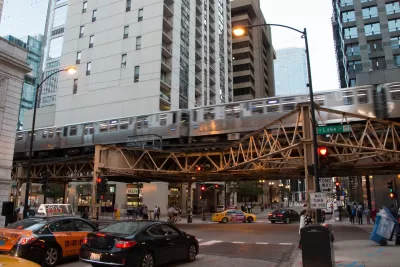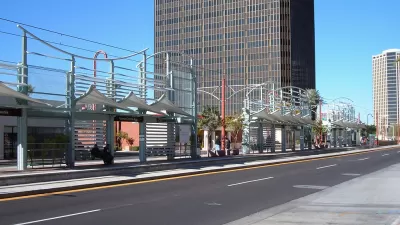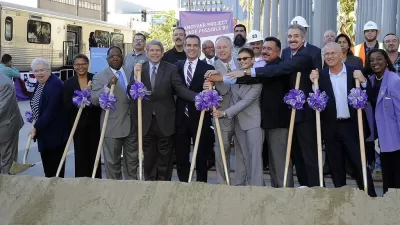The Capital Investment Grants program should focus on improving service on heavily-used lines, expanding access to jobs and amenities, and increasing multimodal accessibility.

In response to the Federal Transit Administration (FTA)'s request for feedback on its Capital Investment Grant (CIG) criteria, TransitCenter outlines its recommendations. These include:
- "Improve speed, reliability, accessibility, frequency, and/or span for heavily-used transit corridors."
- "Significantly expand" access to jobs and other important destinations, particularly for underserved communities.
- Make upgrades that help connect travelers, creating "network effects."
- Improve accessibility for pedestrians, cyclists, and wheelchair users.
Pointing to the mixed record of transit investment in the United States, TransitCenter states "[r]eviewing recent patterns of capital investment, there are too few transit projects that meet a significant demand for travel, expand access, yield network benefits, or serve walkable areas." Too many recent projects, the statement says, "do not generate the broad economic benefits or travel time savings that accrue when capital projects are grounded in the fundamental objective of improving travel by transit for large numbers of people."
However, many projects, such as the expansion of light rail in the Seattle region, Chicago's Red and Purple Line modernization, and Richmond's Pulse BRT (Bus Rapid Transit), would, if built, advance equity and help reduce carbon emissions. "In general, FTA should adjust the CIG criteria to funnel more resources to projects like these upgrades, and less to projects like mixed-traffic streetcars or suburban rail expansions."
You can read TransitCenter's full response to the FTA here.
FULL STORY: The Transit Upgrades America Needs to Build Back Better

Montreal Mall to Become 6,000 Housing Units
Place Versailles will be transformed into a mixed-use complex over the next 25 years.

Planetizen Federal Action Tracker
A weekly monitor of how Trump’s orders and actions are impacting planners and planning in America.

DARTSpace Platform Streamlines Dallas TOD Application Process
The Dallas transit agency hopes a shorter permitting timeline will boost transit-oriented development around rail stations.

Interactive Map Reveals America's “Shade Deserts”
Launched by UCLA and American Forests to combat heat-related deaths, the tool maps the shade infrastructure for over 360 U.S. cities.

Bicycles and Books — In Sacramento, Libraries Now Offer Both
Adult library card holders can check out e-bikes and e-trikes for up to one week.

Colorado Landfills Emit as Much Pollution as 1M Cars
Landfills are the third-largest source of methane pollution in Colorado, after agriculture and fossil fuel extraction.
Urban Design for Planners 1: Software Tools
This six-course series explores essential urban design concepts using open source software and equips planners with the tools they need to participate fully in the urban design process.
Planning for Universal Design
Learn the tools for implementing Universal Design in planning regulations.
City of Mt Shasta
City of Camden Redevelopment Agency
City of Astoria
Transportation Research & Education Center (TREC) at Portland State University
US High Speed Rail Association
City of Camden Redevelopment Agency
Municipality of Princeton (NJ)





























